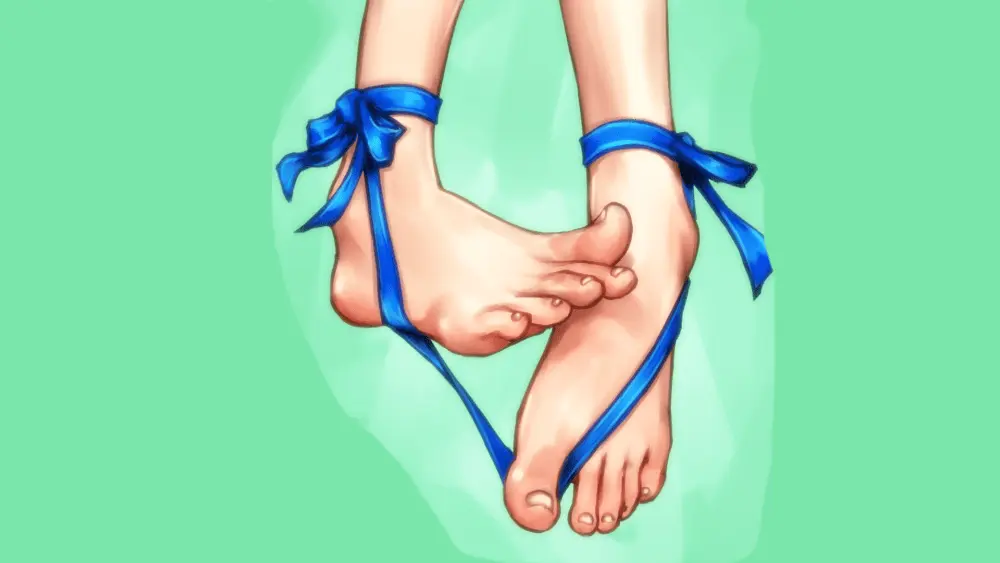Masochism is another mental «extreme» of the personality, which is not customary to talk about out loud. As well as sadism, for a long time it was ranked exclusively among the pathologies of sexual behavior. And just like its complete opposite, masochism got its name from the literary genius of one of the 19th century Austrian writers, Ludwig von Sacher-Masoch, author of the acclaimed novel Venus in Furs.
Deviation or life position?
Rumor has it that the loving writer himself had a hidden passion for submission, otherwise how can one explain a series of very specific novels and a destructive marriage with powerful women, greedy for money and fame, accustomed to controlling and suppressing the environment in the most severe forms?
Love for a successful writer was seen not just in adoration of the object of his sighs, but in simultaneous admiration and hatred for him. Pain and suffering that bring satisfaction — this is what formed the basis of a new concept in sexology — masochism. However, is it worth focusing only on physical suffering when it comes to modern masochism?
Scientists imperceptibly transferred this concept to a more complex and intangible sphere — to the human psyche, defining the desire to feel humiliation and moral pressure, dependence in frankly abusive relationships with psychological masochism. And, yes, it’s still not normal. Even taking into account the voluntariness of the situations experienced. After all, other people are often involved in such complex and destructive relationships, for example, children or parents who are unlikely to like such relationships.
Passivity or covert provocation
Despite the fact that the painful experience of pleasure through pain bears a “male name”, Sigmund Freud associated the receptive behavior of the victim in relationships with feminine stereotyped behavior. The stereotyping of sacrificial behavior in society was partly due to the taboo of female sexuality in principle, which is why it was women who got the role of those who endure humiliation and (surprisingly!) are obliged to enjoy such “tenderness”. However, according to statistics, the majority of masochists who turn to psychologists and psychotherapists are men.
What are the behavioral characteristics of people with masochistic personality disorder? 
Signs of a typical masochist
- The choice of a partner for a masochist is almost always associated with his physical superiority and a high level of emotionality. Calm and balanced people simply go unnoticed by them.
- To obtain the desired, a person prone to masochistic manifestations constantly provokes a partner into quarrels and scandals. Moreover, passions should boil on the rise, over time, the masochist becomes little verbal abuse, so domestic violence often thrives in such couples.
- Masochists may go into a state of rest for a while, but the remission period cannot last long. If the level of violence of the masochist does not suit him, he quite easily changes his partner, such people experience sincere affection only for those who are ready to subject them to psychological torture on a regular basis.
- Masochists differ from the everyday «energy vampire» in constantly growing appetites, it is almost impossible to bring the scandal with them to «no».
- The rupture of an abusive relationship for such people is akin to a disaster. They are having a hard time with him, but for some time the personal drama calms the shattered psyche.









